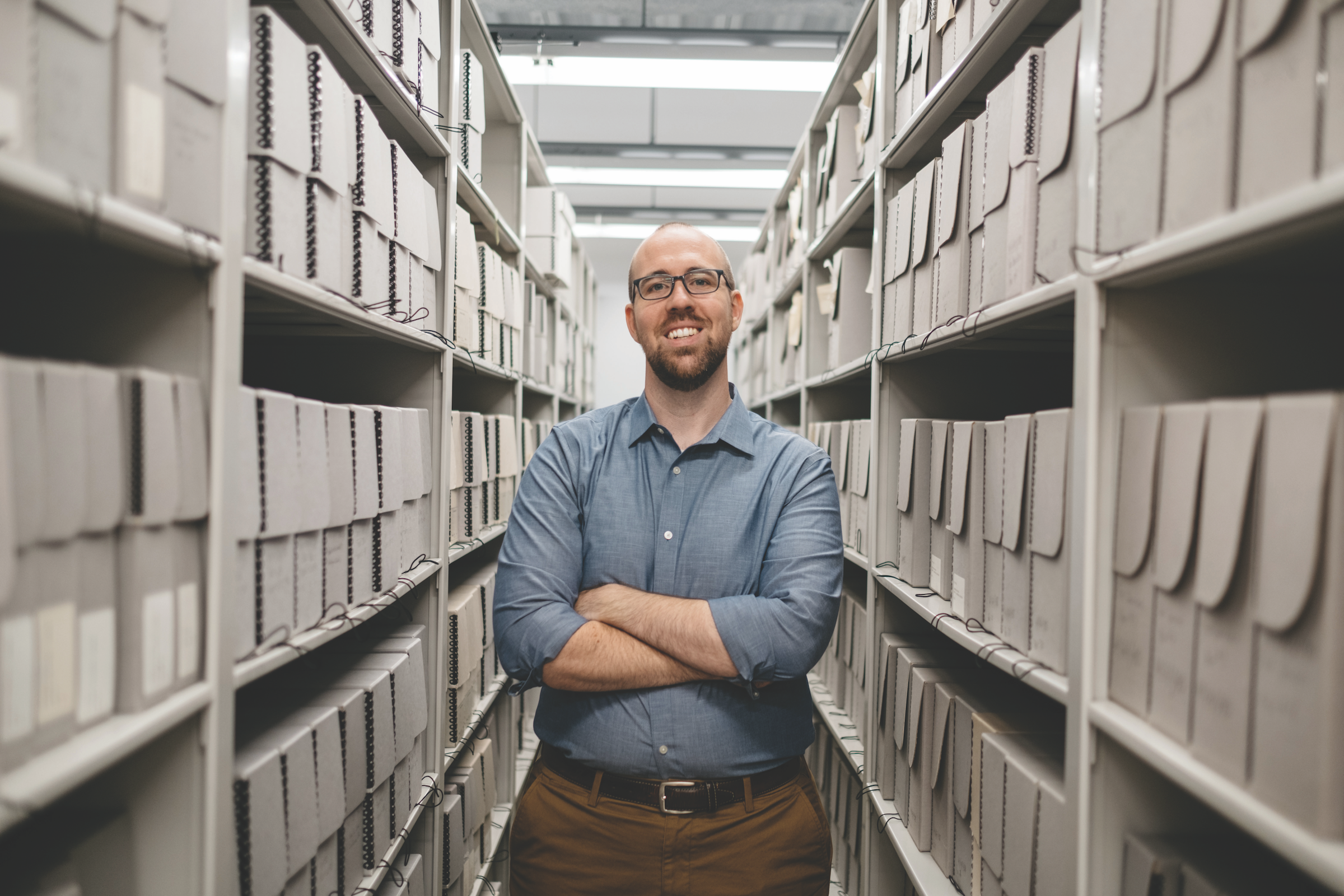
Tucked in the basement of the Brandel Library is the F. M. Johnson Archives and Special Collections—a treasure trove of photographs, documents and audiovisual materials that tell the stories of ������, the Evangelical Covenant Church, and of Swedes in Chicago.
Director of Archives Andy Meyer maintains this massive collection of historic materials, and he is also overseeing the disbursement of a $9,000 grant the archives has received from the National Endowment for the Humanities. He will use funds from the grant, which basically doubles his annual budget, to help take stock of the University’s vast audiovisual collection. In general, too, Meyer hopes the grant will help bring more visibility to the archives, and “help people engage with them more.”
Items in the archive range from the sublime to the mundane, with each telling an important part of North Park, Covenant or Swedish history. Perhaps the most valuable item in the collection is an Erasmus Bible that dates to the 1500s and is written in Latin on one side and Greek on the other, with the hand-written notes of long-ago scholars scribbled in the margins.
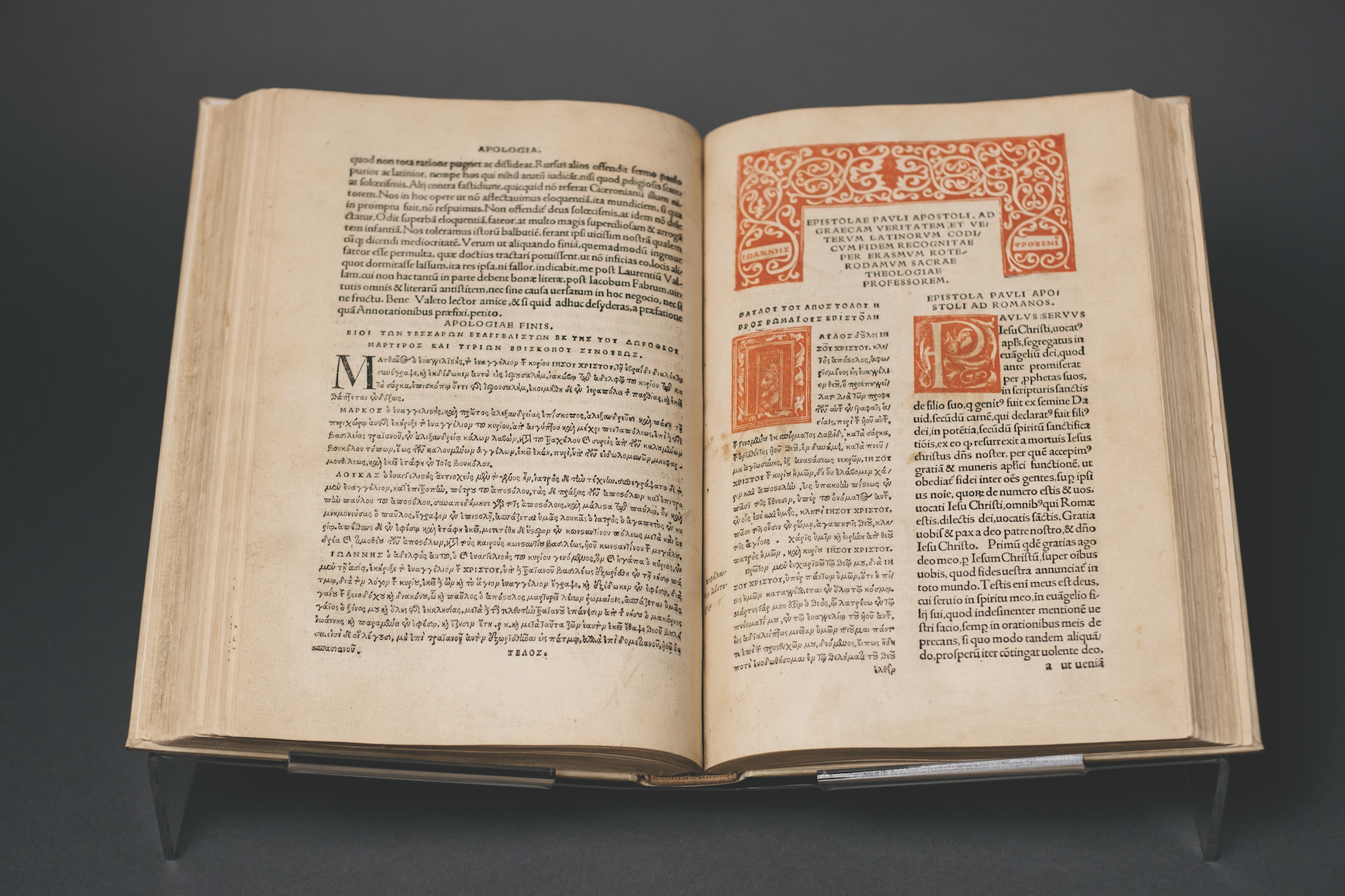
On the other end of the spectrum are the musty satin shorts donned by members of the Men’s Vikings Basketball team, circa 1970s. On the side of the box holding them is the word “Clean” with what looks like a question mark after it.
Other items of note include Carl Sandburg’s oversized safe (part of the Swedish-American collection); David Nyvall’s chair from the only church he pastored; and several paintings by Warner Sallman, who created the iconic portrait of Jesus Christ seen in Covenant and other protestant churches everywhere.
Such items are stored behind the scenes, in a cool, well-lit storage room lined with tall moveable racks that slide apart at the touch of a button.
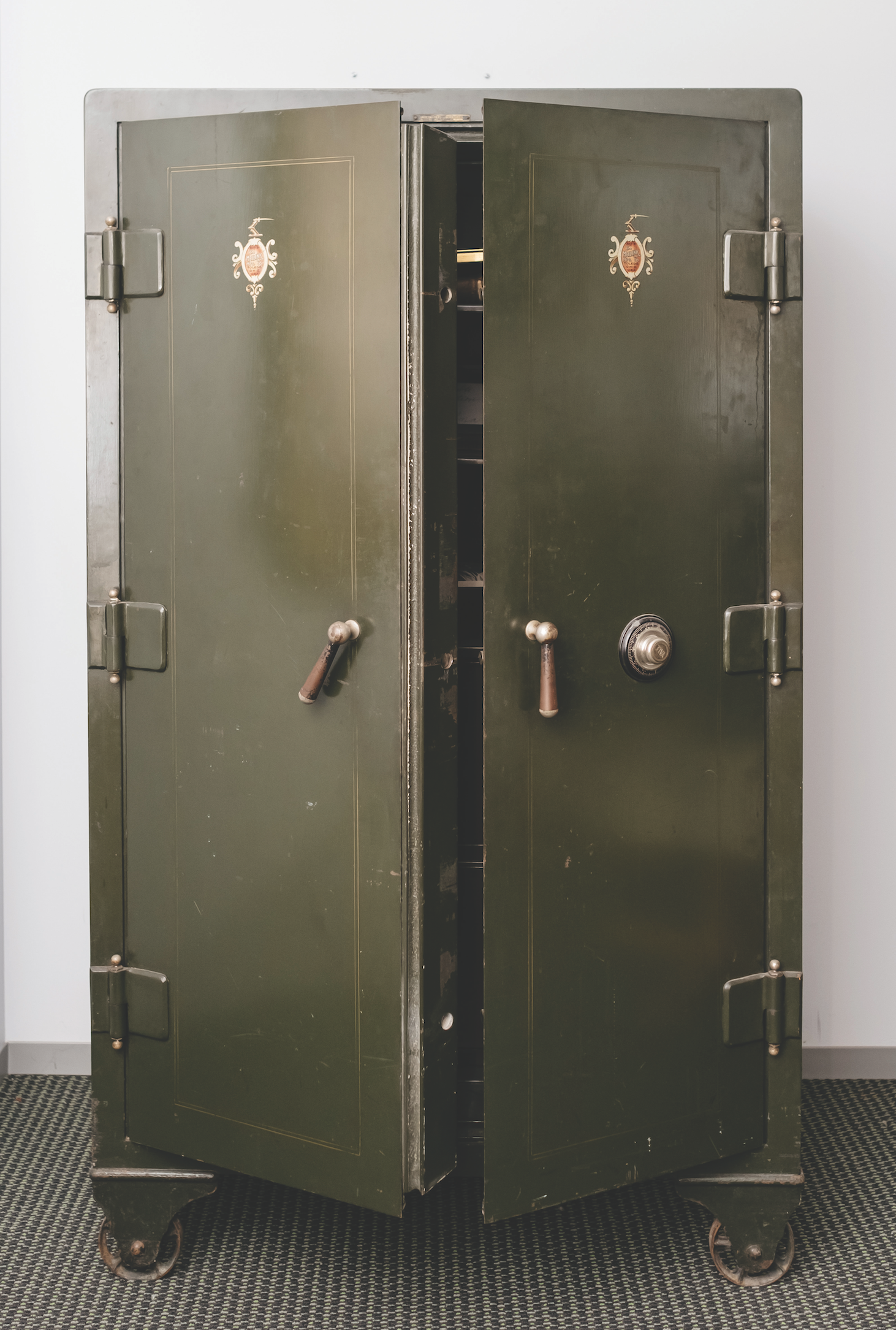
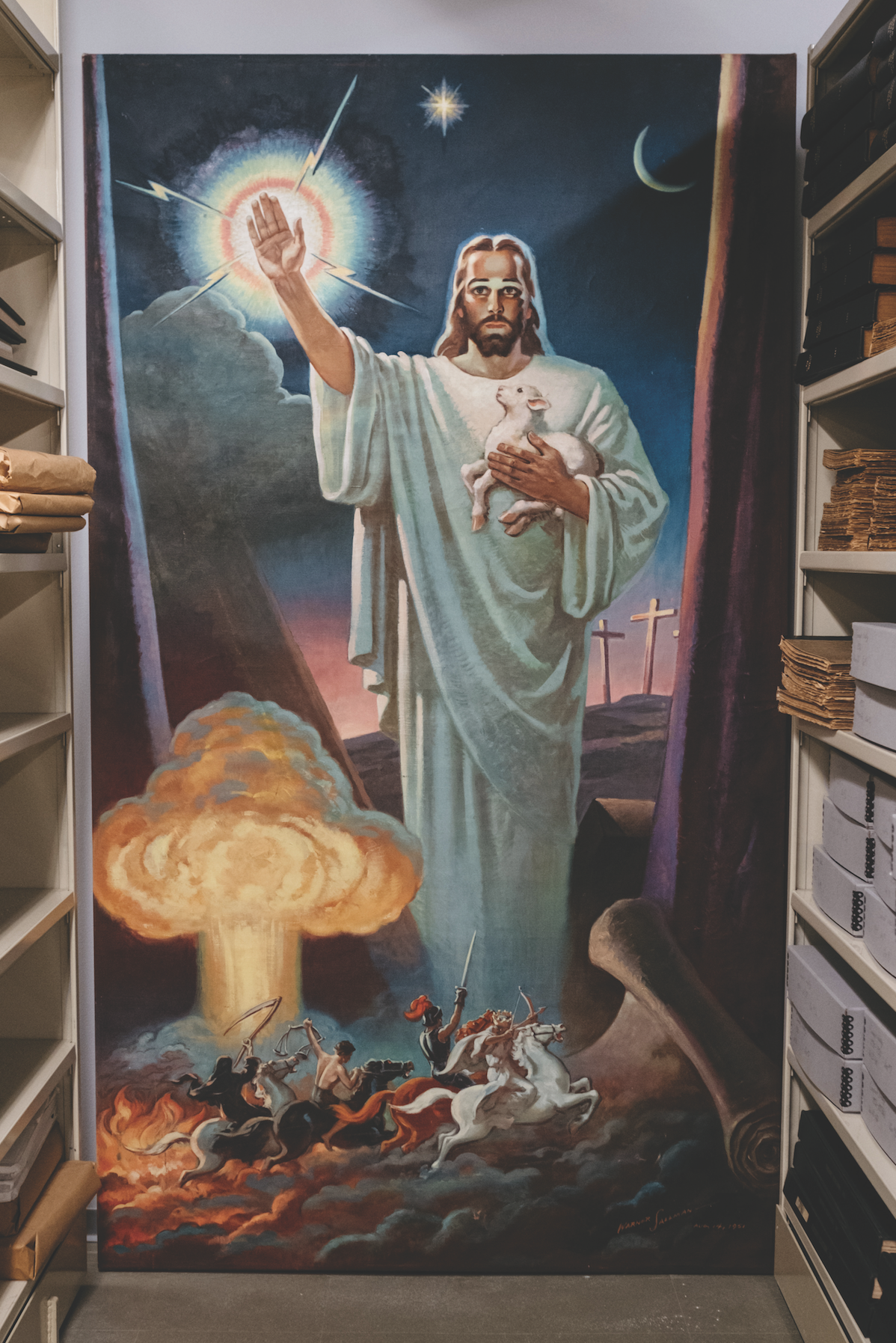

Meyer says the bulk of the NEH grant will be used on the AV assessment, which will help Meyer and his Archive staff (including longtime volunteer Chuck Olson A’59 C’63) determine what items should be digitized and saved forever, and which items might not be as relevant to future generations.
“The idea is to put more stuff into the computer system and less in my brain,” jokes Meyer of digitizing the archives, 2,000-plus audiotapes and 800-900 video-tapes. “But really, we will be saying yes, let’s save the tape of the Baccalaureate Service from 1983, but maybe the trumpet recital from 1982 doesn’t belong.” (Sorry, Joe LIll.)
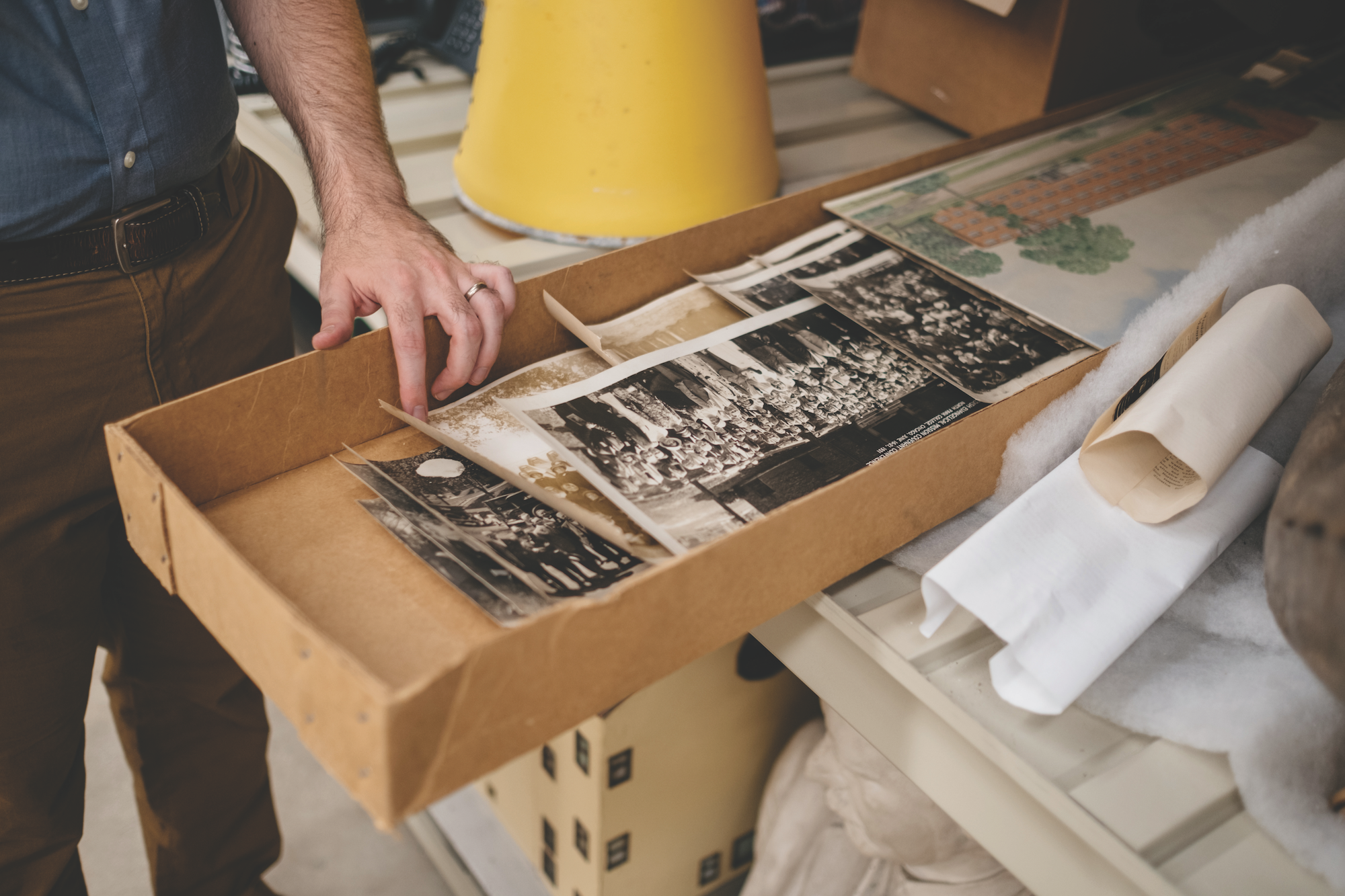
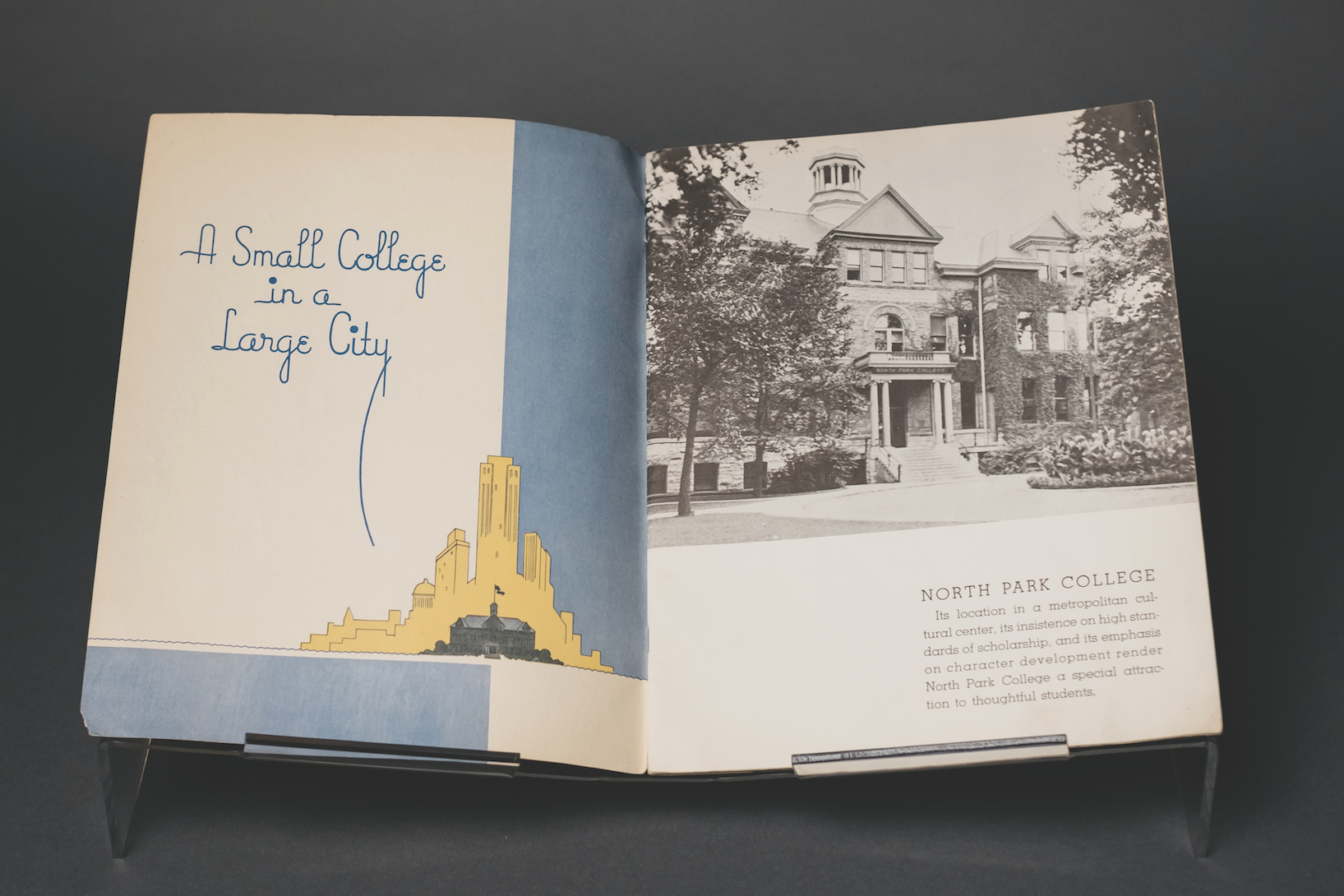
The work requires a great deal of discernment, as digitizing can cost up to $250 per tape. To help, Meyer plans to hire a film archivist, who will begin the work later this winter. The grant also will go toward hosting a workshop for other small institutions on how to preserve their AV collections, a “paying it forward” act that reflects North Park’s mission, Meyer says.
Another goal of Meyer’s: To bring the archives into the future.
“I’d like to see more representation of women and minority church planters and leaders,” he says. “Most of the records we have are of and by white men, which is just the way it is. But we want to change that going forward.”
Then & Now
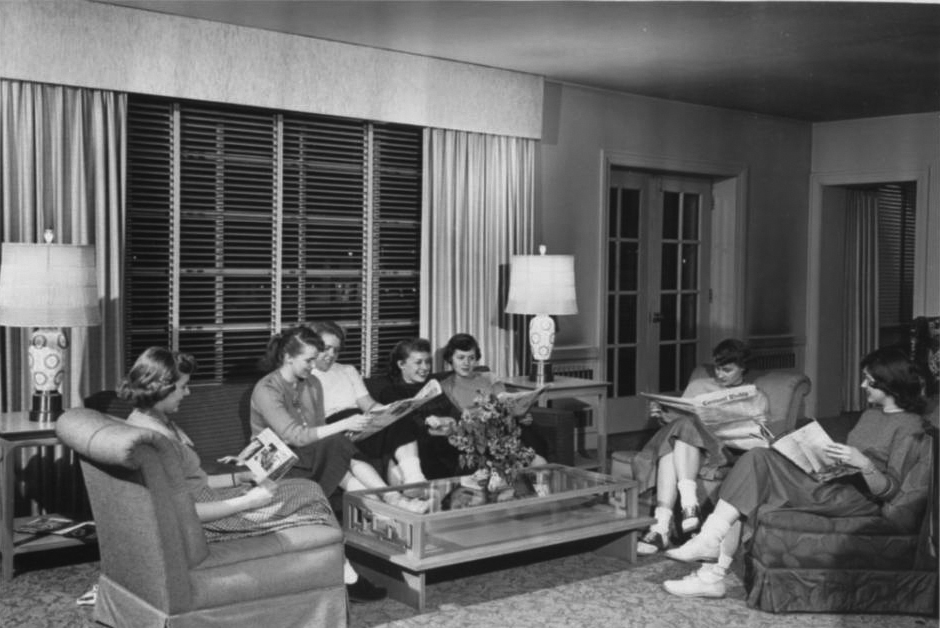
1951: Sohlberg Hall Lobby in the 1950s, when it was a Residence Hall.

2019: Today, as home to Crux, Catalyst, and the Office of Diversity.
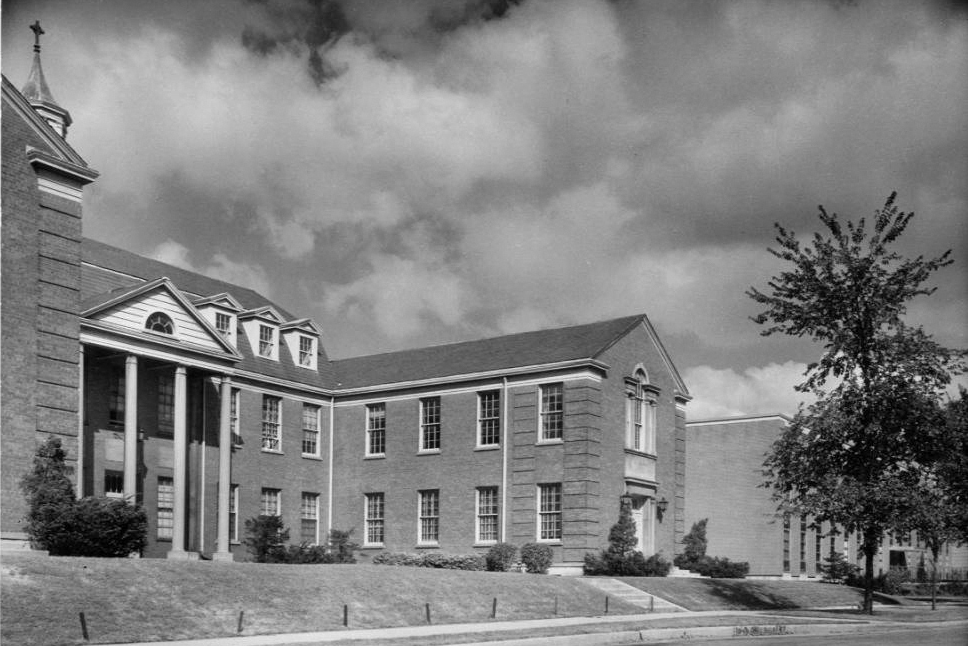
1960: Nyvall Hall, with the former Wallgren Library in the background.
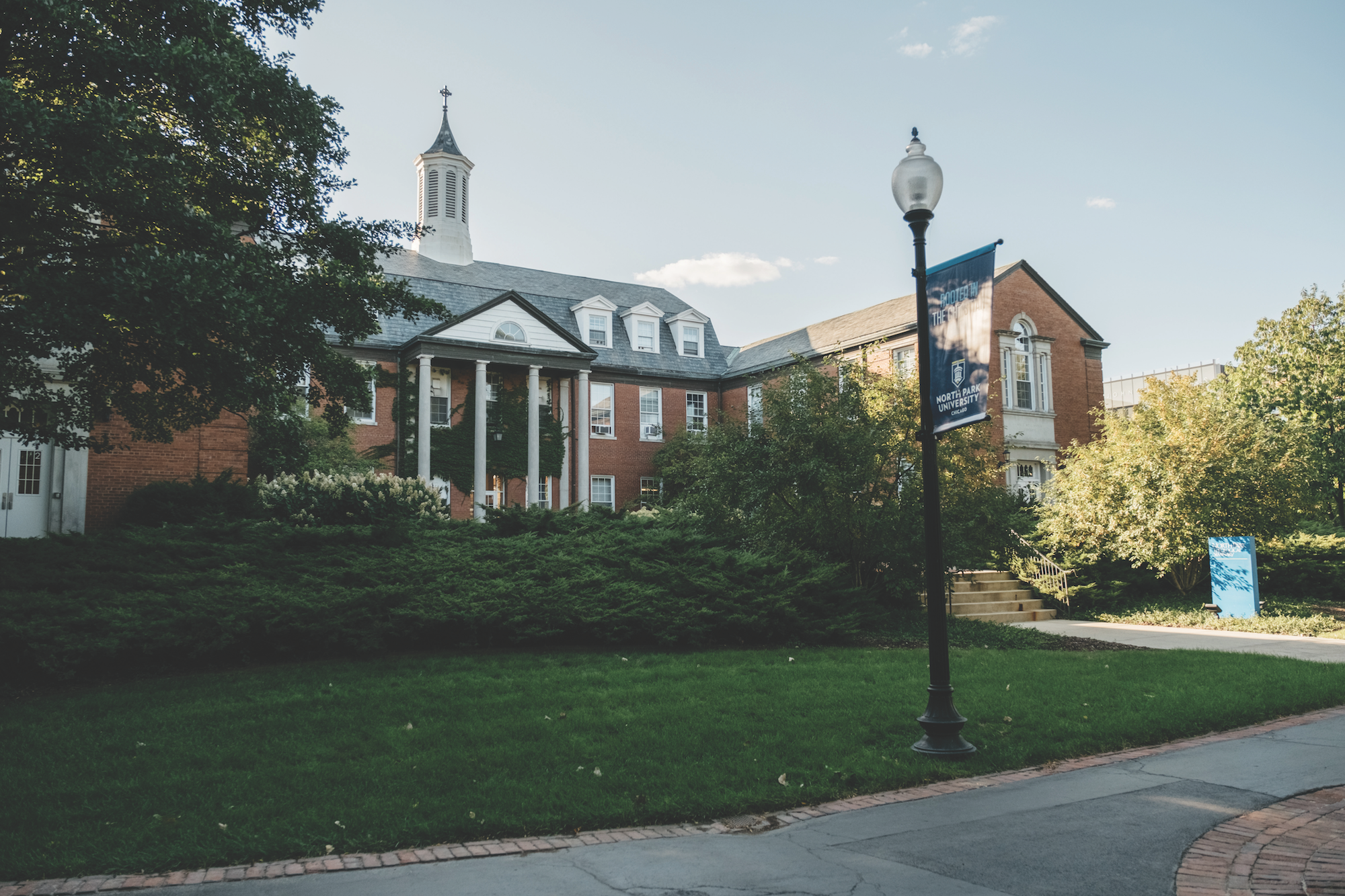
2019: Nyvall Hall, today.

1970: The corner of Foster and Kedzie Avenues.
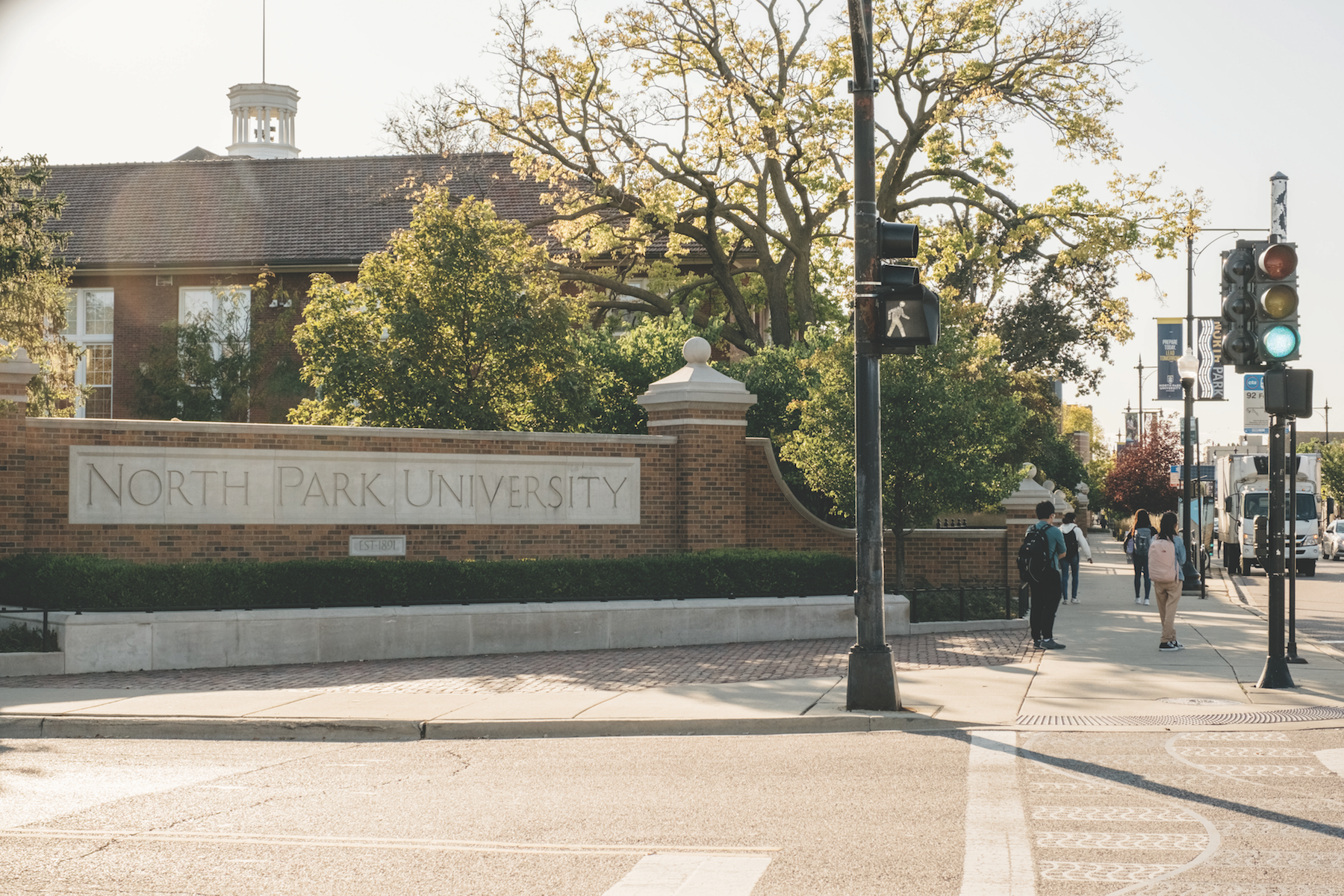
2019: The corner today.


